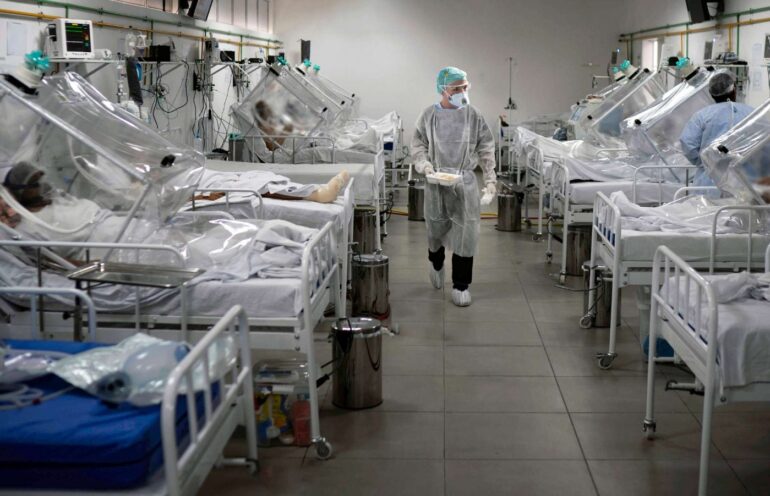Natural disasters like hurricanes, tornadoes, floods, and earthquakes can happen with little warning. When they hit, they often cause major damage. Many people may lose power, water, access to food and healthcare, or even their homes.
Public health officials play a significant role in helping communities prepare for and recover from natural disasters. Their work saves lives and supports the wellbeing of all people affected.
Education and Planning are Key

Public health agencies educate people about potential risks in their area. They teach families how to put together emergency kits with supplies like water, non-perishable food, first aid, flashlights, and batteries.
They also provide advice on stocking up on medications and having cash on hand, as banking systems and pharmacies may be unavailable for days after a crisis. Learning this information ahead of time means communities can better cope when an emergency strikes.
Public health also works closely with hospitals, fire departments, police, government leaders and community organizations on response plans. Coordinating readiness steps and outlining roles during a crisis helps these groups work together and deploy resources efficiently when faced with a disaster.
During the Disaster: Critical Services Deployed
Once it is clear where and when a hurricane or other natural disaster will hit, public health teams immediately get to work. They often send advance groups to the expected disaster zones to coordinate efforts on the ground.
Other units set up emergency shelters and healthcare clinics in safer locations to care for those who have been displaced. Doctors, nurses, and EMTs provide urgently needed medical services to people injured in the chaos.
Mental health providers offer counseling to help address trauma and acute stress. Public health officials also monitor the situation closely to quickly identify disease outbreaks or contaminated water sources which can spread illness in crowded shelters. Getting these critical health services to affected areas as fast as possible saves lives in the aftermath.
Ongoing Health Needs Must Be Met

In the days following a disaster, public health agencies work hard to assess needs and deploy resources. They coordinate with disaster relief groups like BBF Global Relief that provide food, water, supplies and temporary housing so people can start stabilizing their lives.
Healthcare workers make sure residents can access prescriptions, treatments for chronic illnesses, dialysis, and other urgent recovery services. Mental health support also continues, as the shock wears off and grief sets in for those who lost loved ones or their homes.
The Recovery Process
In the weeks and months following a major natural disaster, public health continues working toward long-term recovery. Public health officials assess damage to hospitals, water systems, power plants and other critical infrastructure to figure out timelines and costs for rebuilding.
Their expertise helps guide reconstruction efforts and recommendations to improve community resilience against future disasters. The traumatic mental health impacts can last beyond the physical damage as well. Counseling, support groups, and therapy are made available to help people cope with grief and loss. Community mental health is critical for true recovery.
Conclusion

Public health organizations play a leading role in preparing for, responding to, and recovering from natural disasters. Their work builds resilience through education, planning, immediate services, and long-term rebuilding.
Although we cannot prevent hurricanes, floods, tornadoes, earthquakes, and other crises, we can get our communities ready to face them with less harm. Paying attention to public health information and directives could make all the difference when faced with the unexpected.
Preparing emergency kits, knowing evacuation routes, following public health advice are all small acts that empower communities to care for each other when faced with events beyond their control.
